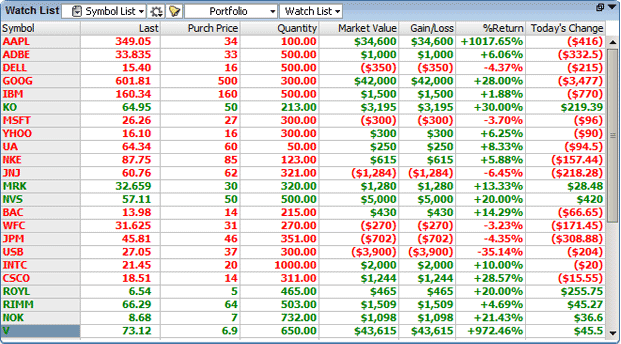FUTURES OPEN INTEREST Forex Training Free
Post on: 14 Июнь, 2015 No Comment

Kamis, 10 Januari 2008
FUTURES OPEN INTEREST
Open interest is the total number of outstanding futures contracts that are held by market participants at the end of the day. Open interest is the number of outstanding contracts held by the longs or the shorts, not the total of both. Remember, because we’re dealing with futures contracts, for every long there must also be a short. Therefore, we only have to know the totals on one side. Open interest is marked on the chart with a solid line along the bottom, usually just above the volume but below the price.
Total Versus Individual Volume and Open Interest Numbers in Futures
Futures chart services, along with most futures technicians, use only the total volume and open interest figures. Although figures are available for each individual delivery month, the total figures for each commodity market are the ones that are used for forecasting purposes. There is a good reason for this.
In the early stages of a futures contract’s life, volume and open interest are usually quite small. The figures build up as the contract reaches maturity. In the last couple of months before expiration, however, the numbers begin to drop again. Obviously, traders have to liquidate open positions as the con
tract approaches expiration. Therefore, the increase in the numbers in the first few months of life and the decline near the end of trading have nothing to do with market direction and are just a function of the limited life feature of a commodity futures contract. To provide the necessary continuity in volume and open interest numbers, and to give them forecasting value, the total numbers are generally used. (Stock charts plot total volume figures, but do not include open interest.)
Volume and Open Interest Reported a Day Late in Futures
Futures volume and open interest numbers are reported a day late. Therefore, the chartist must be content with a day’s lag in obtaining and interpreting the figures. The numbers are usually reported during the following day’s trading hours, but too late for publication in the day’s financial newspapers. Estimated volume figures are available, however, after the markets close and are included in the following morning’s paper. Estimated volume numbers are just that, but they do at least give the. futures technician some idea of whether trading activity was heavier or lighter the previous day. In the morning paper, therefore, what the reader gets is the last day’s futures prices along with an estimated volume figure. Official volume and open interest numbers, however, are given for the day before. Stock chartists don’t have that problem. Volume totals for stocks are immediately available.
The Value of Individual Volume and Open Interest Numbers in Futures
The individual open interest numbers in futures do provide valuable information. They tell us which contracts are the most liquid for trading purposes. As a general rule, trading activity should be limited to those delivery months with the highest open interest. Months with low open interest numbers should be avoided. As the term implies, higher open interest means that there is more interest in certain delivery months.














